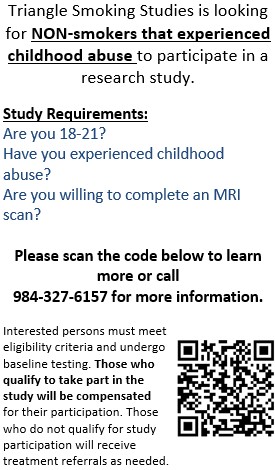The number of job scams reported to the Federal Trade Commission has ballooned in recent years — from 7,324 in the third quarter of 2020 to 21,848 a year later.
While job sites, such as LinkedIn and Indeed, say they use a combination of sophisticated technology and human reviewers to weed out millions of fake listings, many scammers’ techniques continue to elude detection. Here are some tips to make sure the position and company to which you’re applying are real.
Go beyond the job search site
—Verify job openings through the organization or company’s official website. Most companies will have a “Jobs” or “Careers” page.
—Look up the name of the company with words like “scam,” “review” or “complaint” to see if others have been scammed by them in the past.
—Look up the company on Better Business Bureau, a nonprofit organization that vets businesses.
—Call the company and ask to speak to someone about the details of the position.
Red flags to watch out for during the application process
—You’re asked to pay for the job opportunity in some way. For instance, you receive a request to pay for a company-specific certification, or you’re asked to “reformat” your resume on a website that then requests payment for the service.
—Your contact wants your Social Security number or banking information before you even interview.
—The hiring manager wants to conduct the hiring process without an interview or phone call, relying strictly on email or message-based communication.
—You’re instructed to deposit a check and use it to buy equipment or gift cards (and give them the PIN numbers), wire the money to other people, or send the “extra” funds back to them. Chances are, the check is fake, and you’ll be spending your own money.
What to do if you’ve been scammed
—Report it to the FTC at reportfraud.ftc.gov.
—Report it to your state attorney general’s office at consumerresources.org/file-a-complaint.
—Report it to the U.S. Postal Inspection Service if you got a check through the U.S. mail.
—Report the posting to the job search website you found it on.
—If you’ve given away your personal information, visit identitytheft.gov to see what steps to take.
—If you paid with your credit or debit card, contact your bank and tell them it was a fraudulent charge.
—If you made a wire transfer through a company like Western Union or MoneyGram, contact them ask to reverse the wire transfer.
—If you purchased a gift card, contact the company that issued the gift card and tell them it was used in a scam.
©2023 Los Angeles Times. Visit at latimes.com. Distributed by Tribune Content Agency, LLC.

















